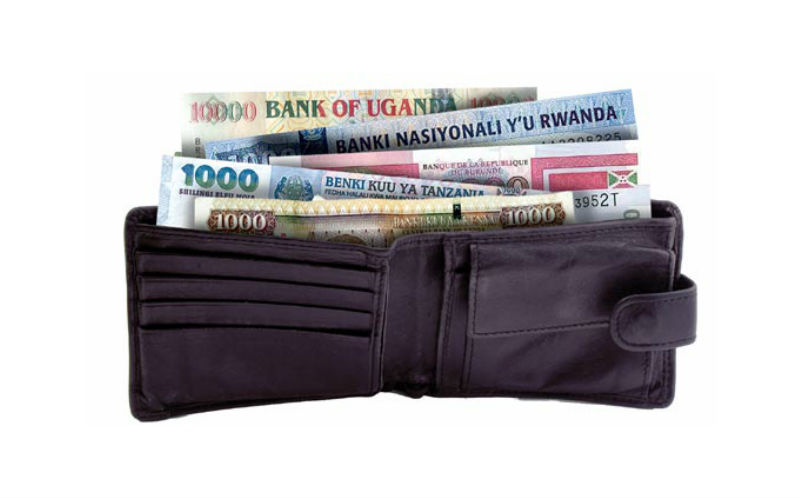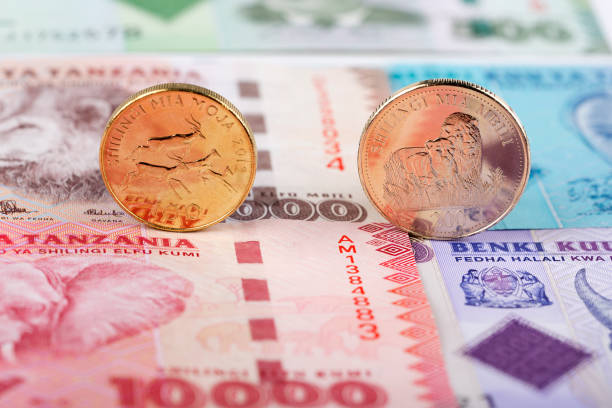
Dar es Salaam. A volatile global currency market in the first half of 2025, sparked by softening demand for the US dollar and a rally in European currencies, has had wide-reaching effects across East Africa.
Driven by rising geopolitical tensions, softening investor confidence in US assets, and a rally in European currencies, the region’s three largest economies, Tanzania, Kenya and Uganda, have each recorded different outcomes in their exchange rates against the British pound, US dollar and euro.
Analysts say the resulting uncertainty and erratic policy signals from Washington have pushed investors to diversify their currency holdings, weakening the dollar’s traditional dominance and boosting demand for alternatives like the British pound and the euro.
However, the Bank of Tanzania (BoT) has reassured the public and the business community, saying the recent currency trend in recent months is part of a broader temporary global economic adjustment.
“Market movements of this nature are expected from time to time and should not be a cause for alarm,” BoT Governor Emmanuel Tutuba told The Citizen.
According to the Governor, the strengthening of the British pound and euro against East African currencies is being driven by global investor migration away from the dollar, following recent US policy decisions. “What we are seeing is a normal reallocation of global capital.
While the dollar has faced pressure due to evolving US monetary policies, European markets have remained relatively stable. This is the same reason we are witnessing rising gold prices as investors are shifting to traditional safe-haven assets,” he said.
He added that Europe’s relative financial calm had bolstered investor confidence in European assets and currencies.
Data from East African central banks reveal that all three leading economies of Tanzania, Kenya and Uganda have experienced pressure on their currencies this year, albeit to different extents.
Between January 2 and June 30, 2025, the pound appreciated by 21 percent against the Tanzanian shilling, rising from a mean of Sh2,976.39 to Sh3,598.89.
The euro also surged by 24.5 percent, moving from Sh2,468.31 to Sh3,073.65. Against the US dollar, the shilling weakened by 10.3 percent, from Sh2,374.75 to Sh2,618.32.
In neighbouring Kenya, the impact has been more subdued. The Kenyan shilling held steady against the US dollar, slipping from Ksh129.31 to Ksh129.23.
However, the shilling depreciated against the British pound, sliding from Ksh162.20 to Ksh177.52, a 9.4 percent drop, as the pound rallied globally. A similar trend was observed with the euro, where the Kenyan shilling weakened by 12.6 percent, moving from Ksh 134.72 to Ksh151.65.
Uganda’s shilling showed impressive resilience in the first half of 2025, outperforming its East African counterparts in the face of global currency volatility.
Against the US dollar, the Ugandan shilling strengthened by 2.8 percent, appreciating from UGX3,697.55 on January 2 to UGX3,594.41 by June 30.
However, like the rest of the region, the Ugandan shilling did depreciate against the British pound and the euro, though to a lesser extent. It lost 6.5 percent against the pound, moving from UGX 4,633.40 to UGX 4,934.40, and 10.2 percent against the euro, from UGX 4,085.23 to UGX 4,501.45.
Looking ahead, East African leaders remain optimistic about the region’s economic direction despite short-term currency volatility. Presenting the East African Community’s 2025/2026 budget, the Chairperson of the EAC Council of Ministers, Ms Beatrice Askul Moe, reaffirmed recently that trade remains the cornerstone of regional integration.
In 2024, the bloc’s total trade with the rest of the world rose by 14.17 percent to $124.9 billion, up from $109.4 billion in 2023. EAC exports surged by 24.72 percent to reach $56 billion, while imports grew more moderately by 6.83 percent to $68.9 billion. Intra-EAC trade also recorded solid growth, expanding by 9.35 percent to $15.2 billion.
As part of its integration agenda, the Community will prioritize the fast-tracking of the East African Monetary Institute (EAMI) in the 2025/2026 financial year.
The EAMI is envisioned as a key institution in advancing the long-term goal of establishing the East African Monetary Union (EAMU), which would eventually lead to a unified regional currency and deeper financial coordination across member states.


